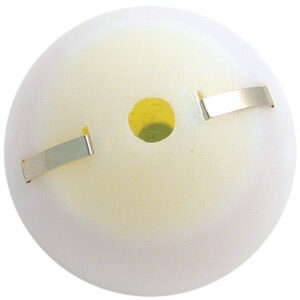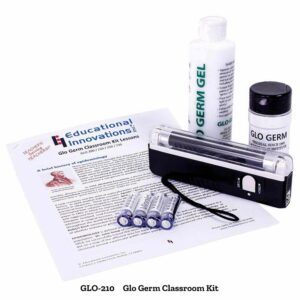 by: Ellen Lewis
by: Ellen Lewis
A Toroidal Vortex is whirling air or liquid in the shape of a doughnut. Vortices are created in nature by many things including dolphins, volcanoes, tornadoes, hurricanes, and whirlpools. They can be created around the wings of an airplane, in the wake of a boat, or in a rocket blast. Now you can make Toroidal Vortices in your classroom with the Zero Blaster and the Air Zooka. Use these products to discuss friction, pressure, the Bernoulli Effect, or the Coanda Effect.
Activity 1: A Simple Toroidal Vortex
Create a simple Toroidal Vortex with a droplet of food coloring and a tall glass of water. Start by holding the dropper about 3 cm above the water’s surface. Squeeze a single drop of food coloring straight down into the glass. You will be amazed to see how the friction between the water and the food coloring will create the doughnut shaped rings! Read the rest of this entry »



 Posted by Tami O'Connor
Posted by Tami O'Connor  by: Sarah Brandt
by: Sarah Brandt
 by: Tami O’Connor
by: Tami O’Connor